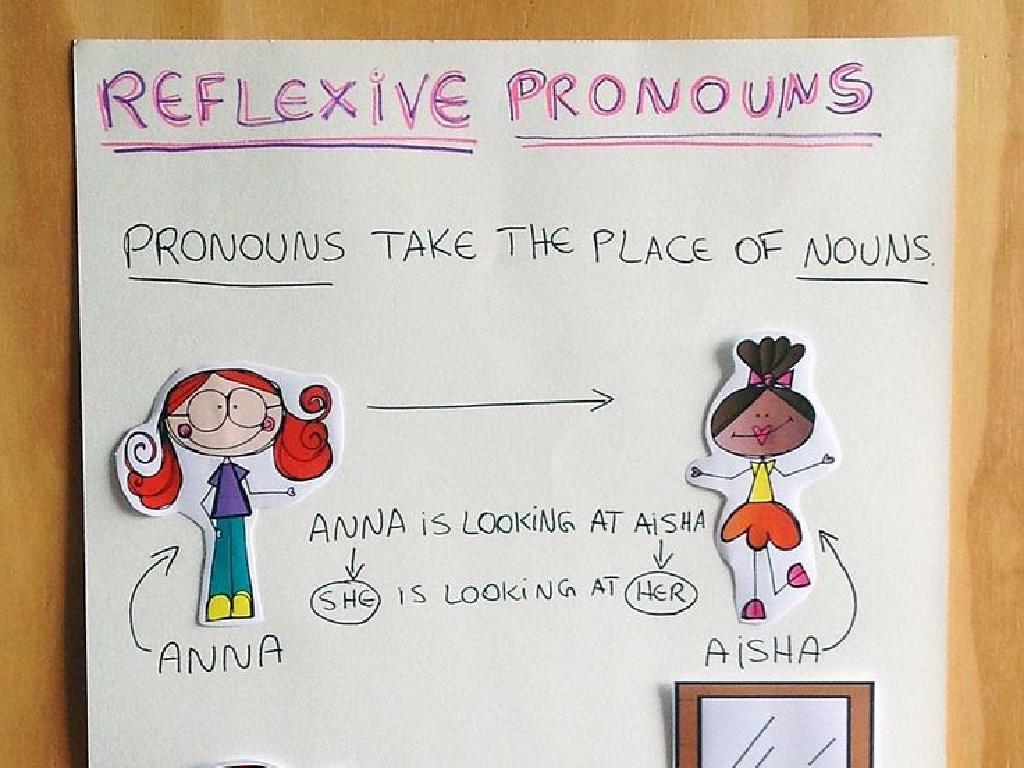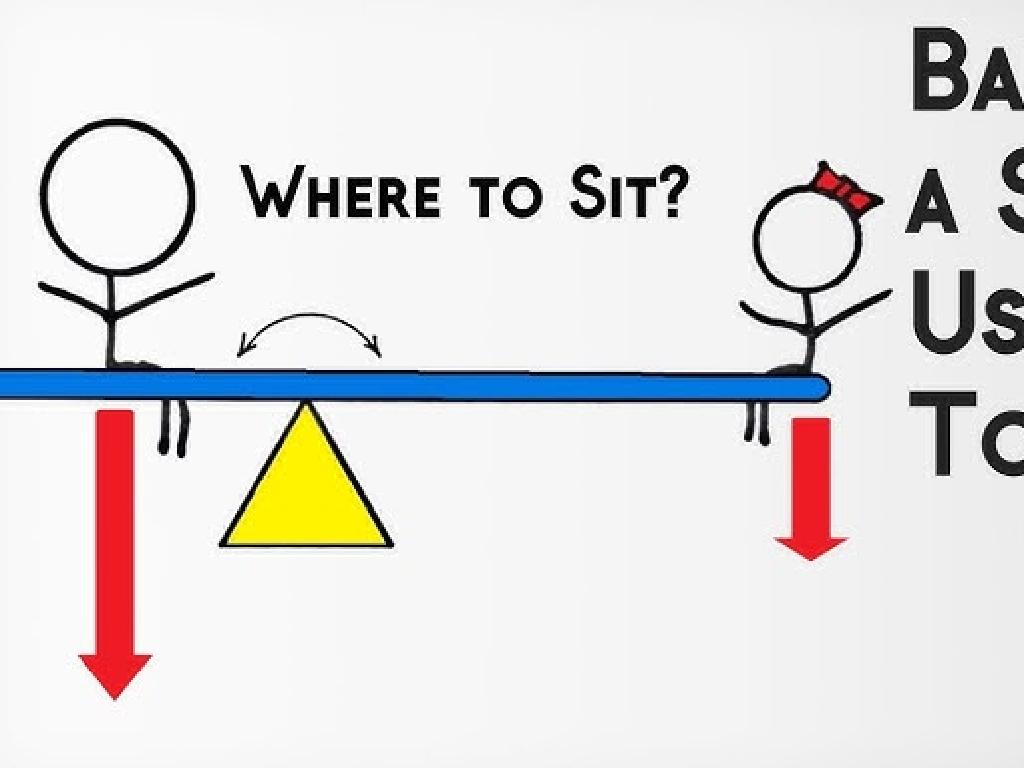The Indus Civilization
Subject: Social studies
Grade: Seventh grade
Topic: Ancient South Asia
Please LOG IN to download the presentation. Access is available to registered users only.
View More Content
Exploring the Indus Civilization
– Introduction to ancient civilizations
– Map location of the Indus Civilization
– Located in present-day Pakistan and northwest India along the Indus River.
– Significance in ancient history
– One of the world’s earliest urban civilizations, known for advanced city planning.
– Unveiling urban planning and architecture
– Discoveries like grid patterns and drainage systems show sophisticated urban planning.
|
This slide introduces students to the Indus Civilization, one of the three earliest cradles of civilization alongside Mesopotamia and Ancient Egypt. Highlight its location in the modern-day regions of Pakistan and northwest India, emphasizing its position along the Indus River which was crucial for its development. Discuss its significance as a pioneer in urban planning and architecture, with advanced features like grid patterns, drainage systems, and standardized weights and measures. This sets the stage for understanding the impact of the Indus Civilization on subsequent cultures and its place in ancient history.
Discovering the Indus Civilization
– Unveiling Indus Civilization history
– Discovered in the 1920s, it flourished around 2500 BCE.
– Exploring Harappa and Mohenjo-Daro
– Harappa and Mohenjo-Daro were advanced cities with remarkable urban planning.
– Unique aspects of Indus society
– Known for standardized weights, seals, and script still undeciphered.
– Significance in ancient history
|
The Indus Civilization, also known as the Harappan Civilization, was discovered in the 1920s and is one of the world’s oldest urban cultures. It thrived in the Indus River Valley, now modern-day Pakistan and northwest India, around 2500 BCE. Major cities like Harappa and Mohenjo-Daro exhibit sophisticated city planning with organized streets and advanced drainage systems. Unique features of this civilization include their use of standardized weights and measures, distinctive seals used for trade and identification, and a script that remains a mystery to this day. The civilization’s complexity and urban development make it a significant subject of study in ancient history. Encourage students to consider how the features of the Indus Civilization compare to modern urban development and the importance of archaeological discoveries in understanding our past.
Daily Life in the Indus Civilization
– Indus homes and city planning
– Homes had courtyards and urban areas were grid-patterned
– Occupations and economic practices
– Trade was common, with farming and craftsmanship as key jobs
– Artistic and cultural expressions
– Pottery, seals, and jewelry show advanced artistic skills
– Religious beliefs and practices
– Religion included worship of mother goddess and nature
|
This slide aims to give students a glimpse into the everyday life of people in the Indus Civilization. Emphasize the sophistication of their urban planning, with homes often built around courtyards and cities laid out in a grid pattern. Discuss the variety of occupations, highlighting the importance of trade, agriculture, and craftsmanship. Explore the artifacts found, such as pottery and seals, to infer the artistic and cultural values of the civilization. Lastly, touch upon the religious aspects, including the worship of a mother goddess and the significance of animals and nature in their spirituality. Encourage students to compare and contrast these aspects with modern life to foster a deeper understanding.
Innovations and Achievements of the Indus Civilization
– Advanced city planning
– Cities had grid patterns, drainage systems
– Unique Indus script
– Script remains a mystery, yet to be decoded
– Extensive trade networks
– Traded with Mesopotamia, Central Asia
– Skilled craftsmanship
– Produced fine pottery, beads, metalwork
|
The Indus Civilization was known for its remarkable innovations and achievements, particularly in city planning and architecture, with well-organized grid patterns and sophisticated drainage systems. The Indus script, found on seals and pottery, has not been deciphered, adding to the enigma of this ancient civilization. Their extensive trade networks indicate a high level of economic development and interaction with distant regions, including Mesopotamia and Central Asia. The craftsmanship of the Indus people was also notable, with artifacts such as fine pottery, intricate beadwork, and metal goods demonstrating their skill. Discuss these points in detail, providing examples and encouraging students to consider the impact of these achievements on the civilization’s success and legacy.
Mysteries of the Indus Civilization
– Theories behind the decline
– Climate change, invasions, or natural disasters?
– Unanswered questions remain
– What caused the uniformity in city planning?
– Ongoing research efforts
– Excavations continue to reveal new insights.
– Archaeology’s key role
– Unearthing artifacts helps us piece together the past.
|
This slide delves into the enigmatic end of the Indus Civilization, exploring various hypotheses such as climate change, invasions, and natural disasters. It highlights that despite extensive research, many questions about this ancient civilization remain unanswered, such as the reasons behind their sophisticated urban planning. Current archaeological efforts are crucial as they provide new information and artifacts that help historians and archaeologists reconstruct the Indus Civilization’s history. Encourage students to discuss why understanding the past is important and how archaeology contributes to this knowledge. Discuss the role of archaeologists and the methods they use to uncover secrets of ancient societies.
The Indus Civilization: Its Legacy Today
– Indus Civilization’s enduring legacy
– The Indus Valley Civilization left a lasting impact on modern culture, architecture, and urban development.
– Ancient vs. modern urban planning
– Compare the grid layouts of Mohenjo-Daro to modern city blocks.
– Ancient influences on today’s world
– Consider how systems like standardized weights and trade practices have ancient roots.
– Reflect on past’s impact on present
– Encourage students to think about how historical advancements influence current society.
|
This slide aims to connect the ancient Indus Civilization with the present day, highlighting its influence on modern urban planning and culture. Students should understand that many concepts in city planning, such as organized layouts and standardized systems, have their origins in ancient times. Discuss the sophisticated urban planning of the Indus Valley, such as their well-planned cities with advanced drainage systems, and how these principles are mirrored in today’s cities. Encourage students to reflect on the broader impact of ancient civilizations on our current way of life, fostering an appreciation for historical developments that have shaped the modern world.
Class Activity: Be an Archaeologist!
– Set up a classroom excavation site
– Uncover hidden ‘artifacts’
– Use objects to represent Indus artifacts like pottery, jewelry, or tools
– Piece together a historical story
– Combine artifacts to form a narrative of daily life in the Indus Civilization
– Discuss findings in class
– Share what each artifact might reveal about the culture and lifestyle
|
This interactive class activity is designed to simulate an archaeological dig, giving students a hands-on experience in uncovering the past. Set up a small area in the classroom with sand or soil and hide objects that represent artifacts from the Indus Civilization. Students will carefully excavate these items, mimicking the work of archaeologists. Once they’ve found the objects, they’ll use critical thinking to piece together a story that these artifacts might tell about the people of the Indus Civilization. Encourage them to consider the significance of each item and what it could indicate about trade, daily activities, or social structure. After the activity, lead a discussion to reflect on their findings and the insights they provide into ancient history. This will help students understand the role of archaeology in studying past cultures and the importance of the Indus Civilization in human history.






